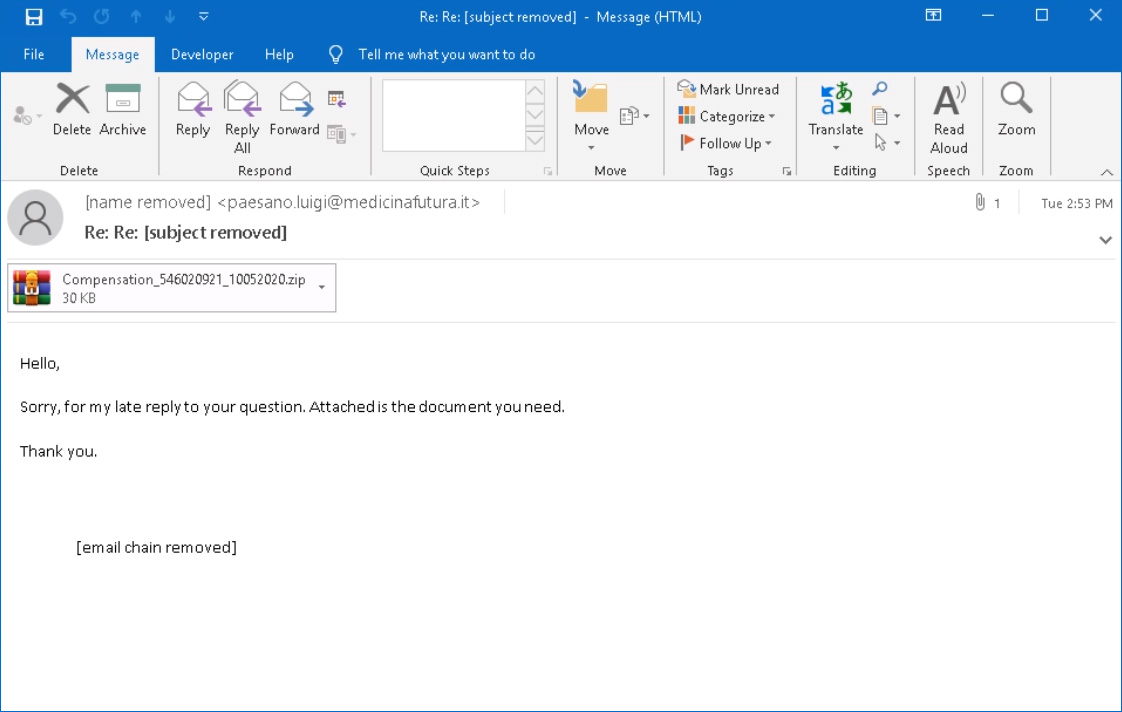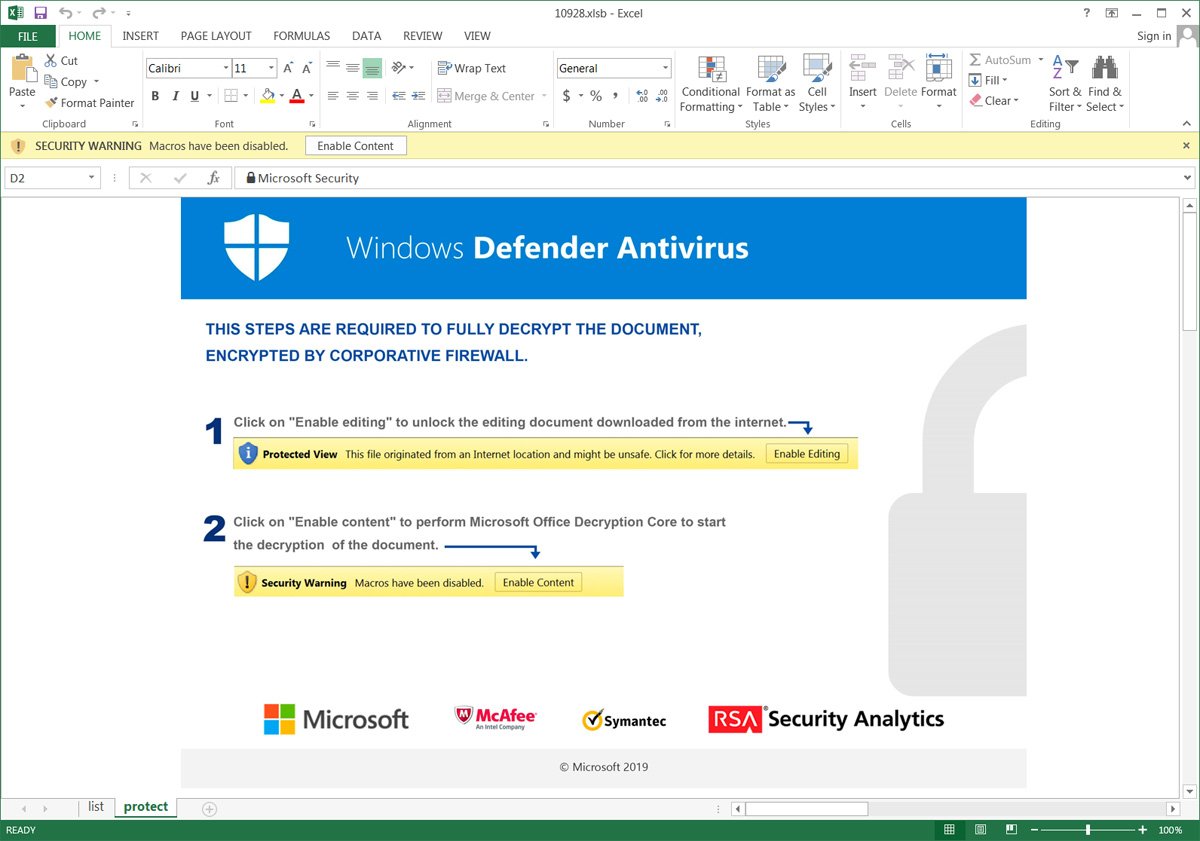KEEP IN TOUCH
Subscribe to our mailing list to get free tips on Data Protection and Cybersecurity updates weekly!







The Qbot botnet uses a new template for the distribution of their malware that uses a fake Windows Defender Antivirus theme to trick you into enabling Excel macros.
Qbot, otherwise known as QakBot or QuakBot, is Windows malware that steals bank credentials, Windows domain credentials, and provides remote access to threat actors who install ransomware.
Victims usually become infected with Qbot through another malware infection or via phishing campaigns using various lures, including fake invoices, payment and banking information, scanned documents, or invoices.

Attached to these spam emails are malicious Excel (.xls) attachments. When opened, these attachments will prompt a user to ‘Enable Content’ so that malicious macros will run to install the Qbot malware on a victim’s computer.
Also Read: What Legislation Exists in Singapore Regarding Data Protection and Security?
To trick a user into clicking the ‘Enable Content button, and thus enabling macros, threat actors use stylized document templates that pretend to be from a trustworthy organization or from your operating system.
On August 25th, the Qbot switched to a new template that pretends to be an alert from Windows Defender Antivirus, claiming that the document is encrypted.
To decrypt the document, users need to click on ‘Enable Editing’ or ‘Enable Content’ to decrypt it using the ‘Microsoft Office Decryption Core.’

Once enable content is clicked, malicious macros will be executed that download and install the Emotet malware on a victim’s computer.
To people who work in cybersecurity, are IT admins, or Windows enthusiasts, the above message appears silly and made up. To casual users, though, it is convincing enough that many would follow the instructions and become infected with Qbot.
Over the past couple of months, Qbot has seen increased distribution, especially after being delivered in spam spewed forth by the Emotet botnet.
When infected, Qbot performs various malicious activities that allow threat actors to gain access to your bank accounts and your network.
Also Read: Contract for Service Template: 5 Important Sections
Once they gain access to a network, they install ransomware such as ProLock throughout the system.
Due to this, it is vital to recognize the malicious document templates used by Qbot so that you do not accidentally become infected.